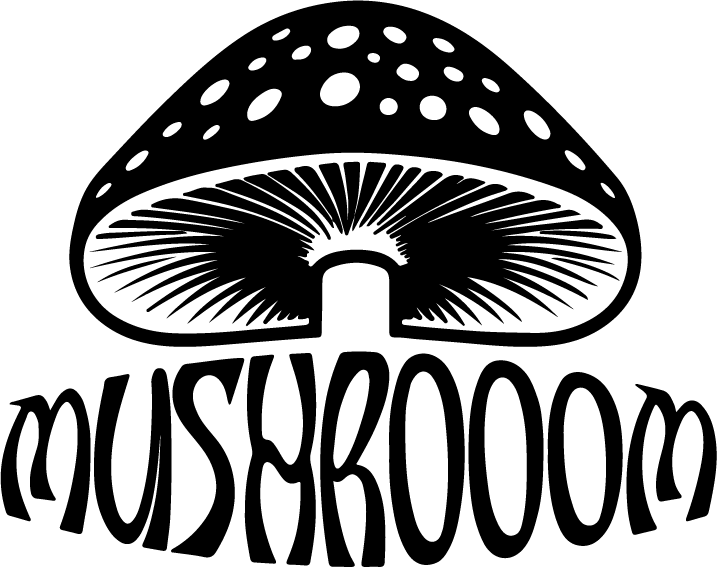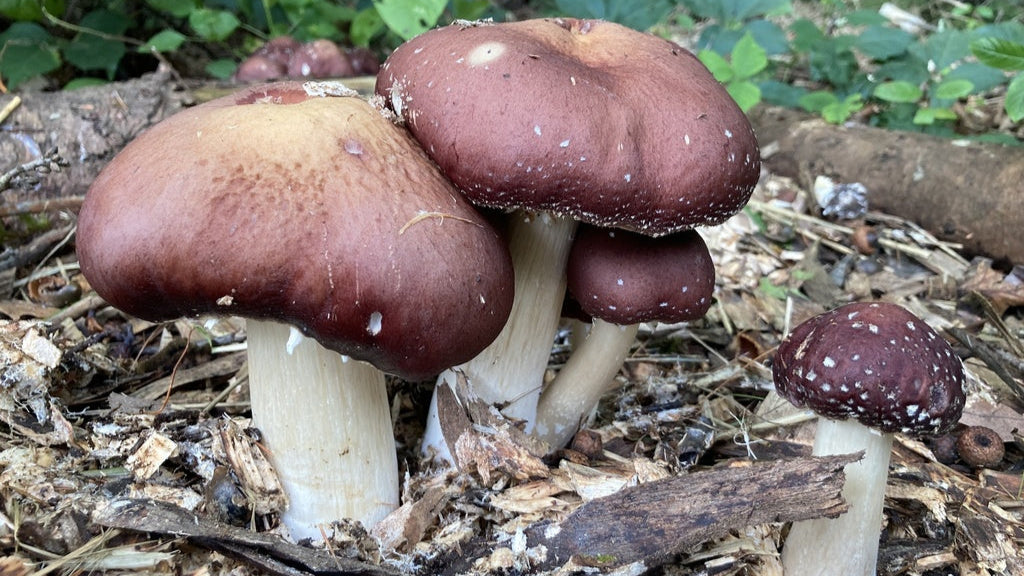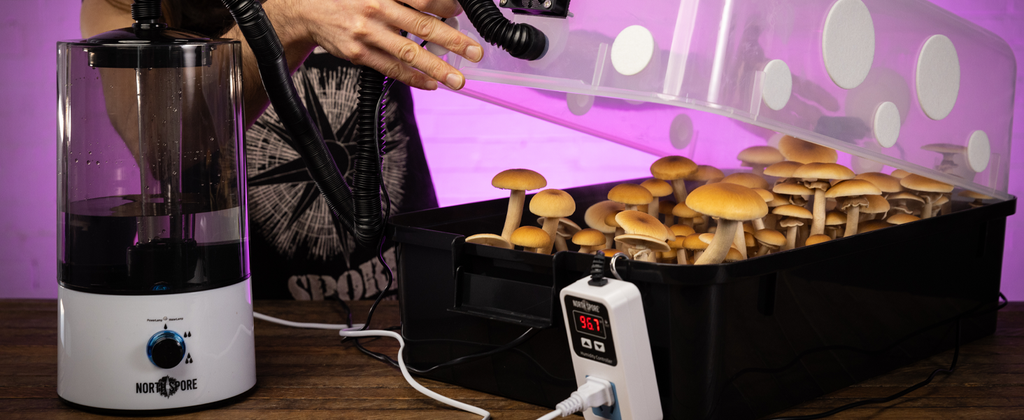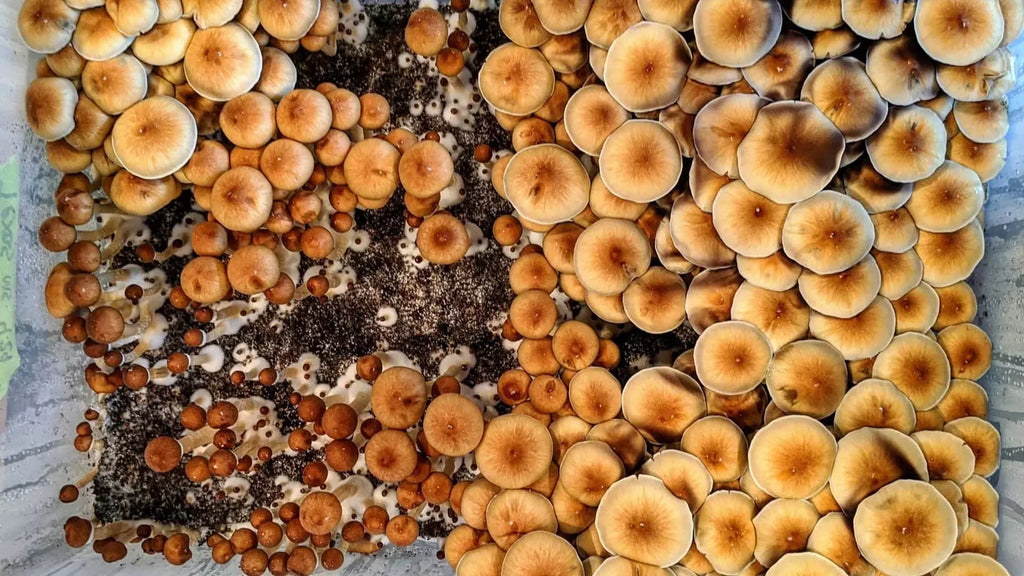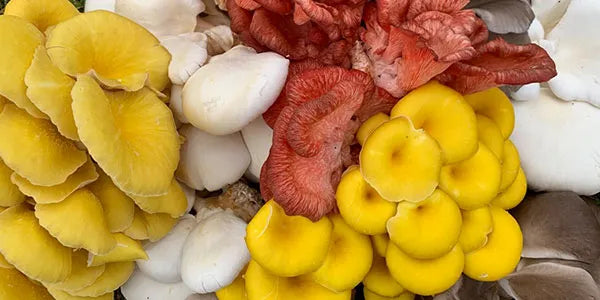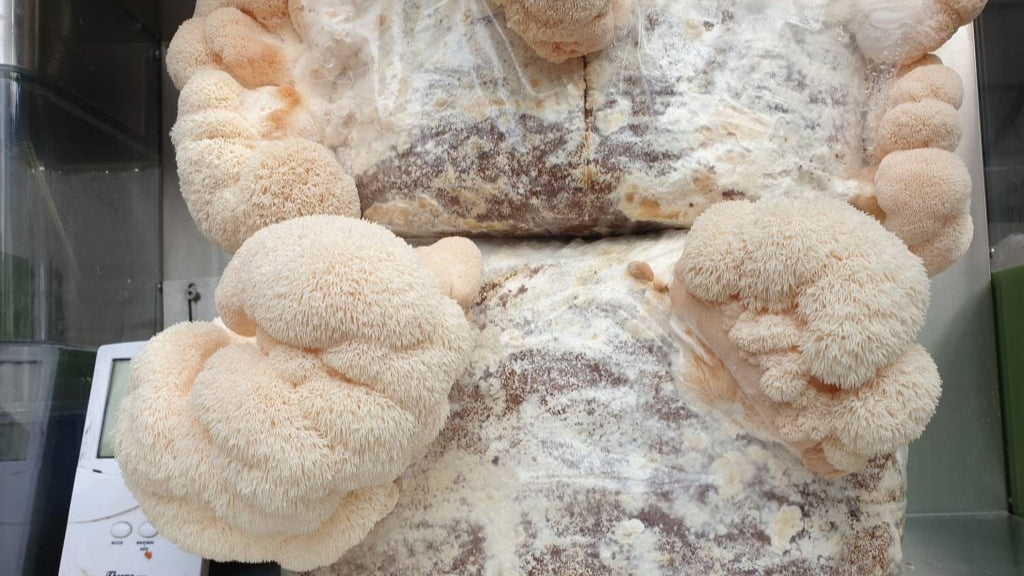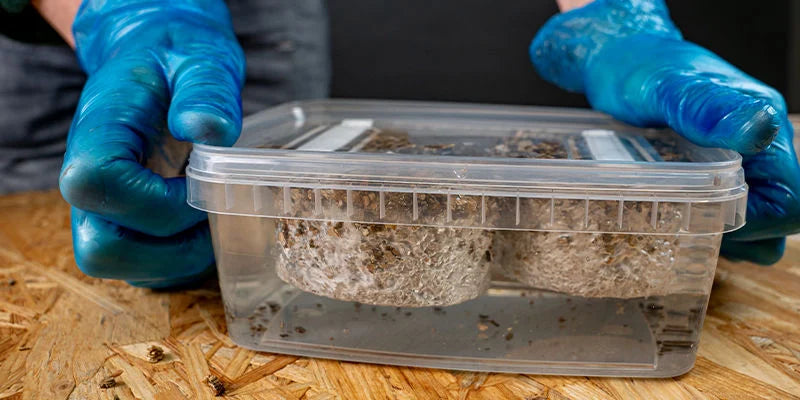
Cleanliness & Sterility key to success

Key Factors for a Successful Mushroom Farm
When it comes to running a successful mushroom farm, cleanliness and sterility are non-negotiable. These two essential practices form the backbone of any thriving cultivation environment, ensuring that your mushrooms grow in optimal conditions and remain free from harmful contaminants. Whether you're a seasoned mushroom grower or just starting out, understanding the importance of maintaining a clean and sterile environment will go a long way in increasing your yield and quality.
Why Cleanliness Matters in Mushroom Cultivation
Mushrooms are highly sensitive organisms that thrive in controlled environments. However, this makes them particularly vulnerable to contamination from harmful bacteria, molds, and fungi that can stunt their growth or cause complete crop failure. The presence of contaminants in the growing environment can quickly overwhelm your mushroom cultures, resulting in an unhealthy yield and wasted resources.
By maintaining cleanliness, you limit the exposure of your mushroom crops to these potential threats. It’s not just about the overall tidiness of the space; it’s about creating a sterile environment that promotes the healthy growth of mycelium, the root structure of mushrooms.
Sterilizing Substrates: The Foundation of Clean Growth
The substrate is the material on which your mushrooms will grow. Common substrates include materials like sawdust, straw, or wood chips. However, these materials can harbor harmful microorganisms if not properly sterilized before use. Sterilization ensures that all unwanted organisms are eradicated, allowing only the desired mycelium to flourish.
Before inoculating the substrate with mushroom spores, it’s crucial to sterilize it using methods such as pressure cooking, steaming, or autoclaving. These processes kill off any bacteria, mold, or other fungi that might compete with or harm the mushroom cultures. By sterilizing the substrate, you create a clean slate for the mycelium to take hold and grow.
Clean Growing Containers: Preventing Cross-Contamination
The containers in which you grow mushrooms also play a significant role in maintaining a sterile environment. If you’re using trays, jars, or other containers, they must be thoroughly cleaned and sterilized before being used to hold the substrate. Even the smallest traces of contamination can spread quickly and derail your efforts.
Wash containers with hot, soapy water and rinse them thoroughly to remove any debris or organic matter. After cleaning, sterilize them using a disinfectant solution or by placing them in an autoclave. This ensures that no harmful microorganisms are present when you place the inoculated substrate inside.
Sterilizing Tools and Equipment
Your tools—such as spoons, scalpels, or even your hands—also need to be sterilized to prevent cross-contamination. Many mushroom growers use alcohol (isopropyl or ethanol) to wipe down tools before they come into contact with the substrate. Additionally, gloves, face masks, and even hairnets are commonly used to further reduce the chance of introducing unwanted contaminants.
Regular cleaning of your tools is essential, especially if you’re handling multiple batches of substrate or inoculating various growing containers. Using the same sterile technique each time ensures consistency and lowers the risk of contamination.
Environmental Cleanliness: The Growing Room
The growing environment itself needs to be kept clean to encourage healthy mushroom growth. Ideally, your mushroom growing area should be equipped with air filtration systems to reduce airborne contaminants. Regularly clean surfaces and floors with disinfectants, ensuring that no debris or fungal spores are left behind that could interfere with the growing process.
Air quality is also a critical factor. In addition to filtering the air, controlling humidity and temperature will help keep conditions ideal for mushroom growth while minimizing the chances of contaminants getting a foothold.
Best Practices for Maintaining Sterility
To ensure your mushroom farm remains sterile and free from harmful bacteria or fungi, it’s essential to adopt a few best practices:
Always Sterilize Substrates: Before inoculating your substrate with mushroom spores, ensure it’s thoroughly sterilized to remove unwanted microorganisms.
Clean Your Containers: Sterilize all containers before use to prevent cross-contamination.
Disinfect Your Tools: Wipe down tools with alcohol and ensure they’re properly sterilized between uses.
Maintain Clean Growing Environments: Keep your growing area free from contaminants by regularly cleaning surfaces and using air filtration systems.
Control the Environment: Maintain consistent temperature and humidity to reduce the likelihood of contamination.
Final Insights
Cleanliness and sterility are integral to a successful mushroom farming operation. By maintaining a sterile environment, you give your mushrooms the best chance to grow in a healthy, contamination-free setting. From sterilizing substrates to keeping your tools and growing containers clean, every step you take to eliminate potential contaminants adds up to a healthier, more productive mushroom farm. By following these practices, you can cultivate a steady, high-quality mushroom yield that will keep your customers coming back for more.
